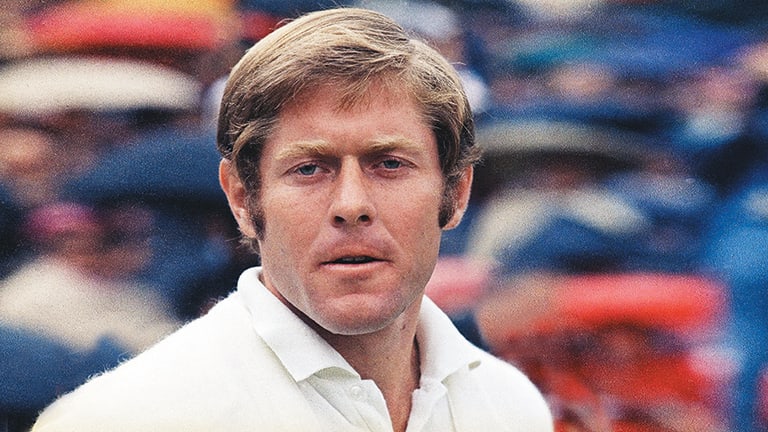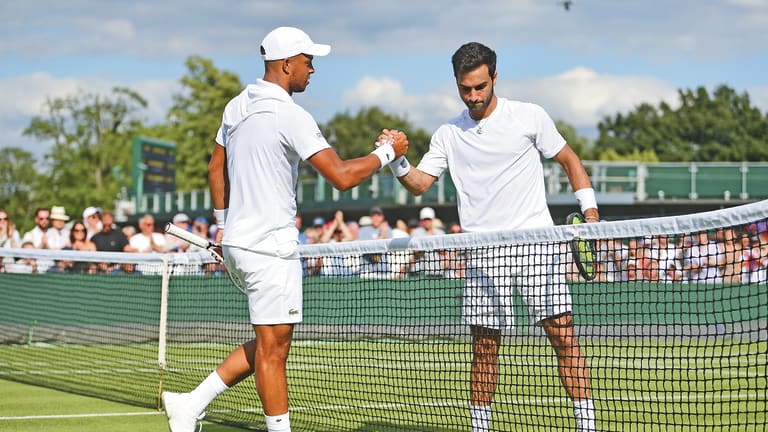Can tennis, a game that prizes stoical self-reliance, help destigmatize the discussion of mental health in sports?
By Oct 10, 2022pickleball
The Process: How Jessie Irvine took her tennis game to the pickleball court
By Nov 07, 2023pickleball
A trip through California’s courts reveals plenty about pickleball’s inviting and intoxicating culture
By Nov 07, 2023pickleball
PBTV Primer: What to watch for when tuning into pickleball
By Nov 07, 2023S-Hertogenbosch, Netherlands
Alexandrova, Kudermetova to meet in all-Russian women's Den Bosch final
By Jun 17, 2023ATP Stuttgart, Germany
Seeds Frances Tiafoe, Hubert Hurkacz, Lorenzo Musetti move into Stuttgart quarterfinals
By Jun 14, 2023Facts & Stats
Stat of the Day: Gael Monfils battles to first tour-level win of injury comeback at Roland Garros
By May 30, 2023S-Hertogenbosch, Netherlands
Venus Williams to play first match since January at 's-Hertogenbosch grass-court tournament
By May 30, 2023Roland Garros
Three Chinese men play at French Open, the country's first male entrants in Paris since 1937
By May 29, 2023Facts & Stats
Stat of the Day: Novak Djokovic is now 19-0 in his career in first-round matches at Roland Garros
By May 29, 2023Can tennis, a game that prizes stoical self-reliance, help destigmatize the discussion of mental health in sports?
To commemorate World Mental Health Day, we talk with two players from different generations about getting athletes—and the rest of us—to open up.
Published Oct 10, 2022
Advertising
Advertising

Richey's greatest challenge was discovering his true opponent.
© AP
Advertising
Advertising

The objective of World Mental Health Day (October 10) is to raise awareness of mental health issues around the world and to mobilize efforts in support of mental health. Modern Health supports people across the globe with a single platform that adapts to wherever they are in their mental health journey.
Advertising
Advertising

Rubin (right), who stepped away from pro tennis earlier this year, believes the sport's relentless structure lends itself to mental health burdens.
© AP